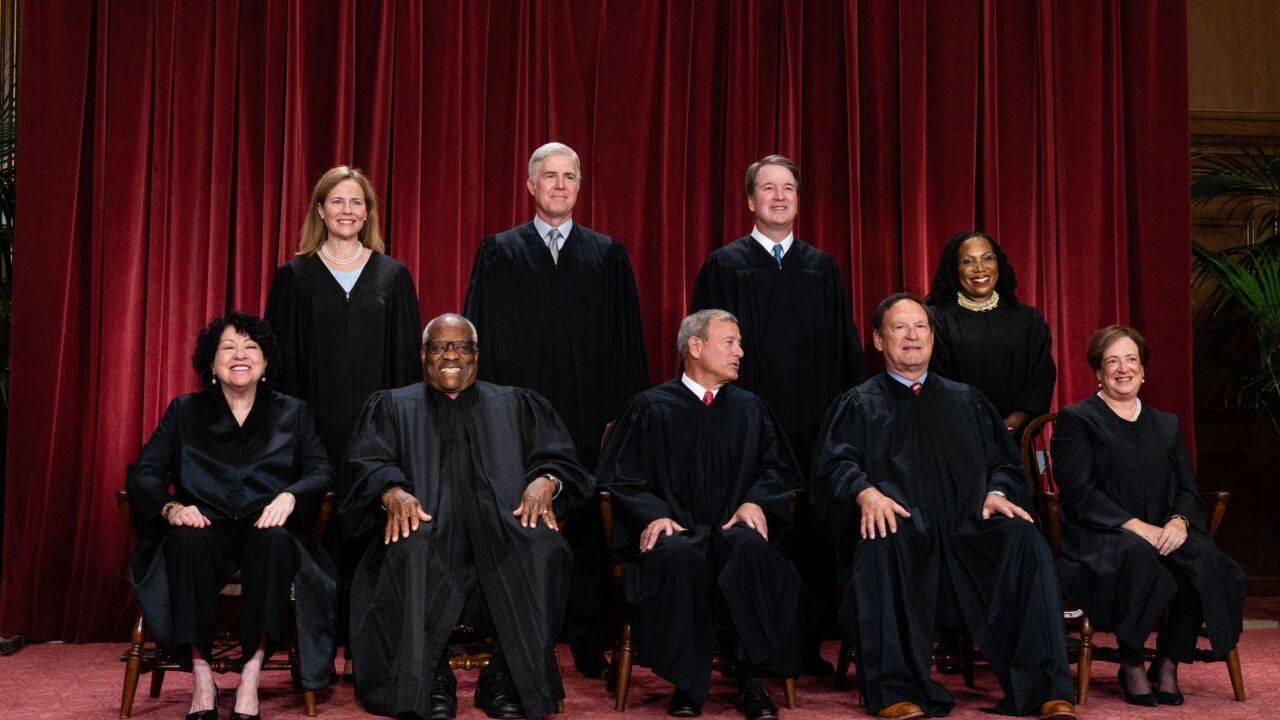This is an updated version of an earlier story.
The extra real estate and consumer popularity of the Kindle Fire has proven attractive to Citigroup and Bank of America Corp., both of which on March 8 jumped in with new Kindle mobile-banking apps.
The Citi Kindle Fire app leverages the device’s seven-inch, full-color screen to offer such financial services as balance inquiries, bill payments, funds transfer and access to rewards. The app also allows users to plan cash outflows with the help of an interactive chart of past and future payments and transfers; analyze spending habits through customizable charts or payee spending; compare personal spending habits with general customer data filtered by age, location, income bracket and purchase category.
At Bank of America, the app allows balance inquiries, funds transfers, bill payment, and other transactions common to mobile banking.
BofA did not comment on development of the Kindle Fire app, other than to say it designed the app specifically with the Kindle in mind as opposed to repurposing an app from another channel.
“We’re able to put more information on the single screen than you can on a phone,” says Marc Warshawsky, a BofA mobile channel executive.
In a press release, Tracey Weber, Citi’s managing director for consumer Internet and mobile banking in North America, said, “When Amazon launched Kindle Fire, we understood our customers would want a customized app that brings dynamic banking capabilities to this popular new tablet, and we worked swiftly to create one.”
Citi’s Kindle Fire app builds off of the bank’s existing iPad app, which a cross functional team developed mostly in-house (
The tablet app has grown in both use and function; iPad adoption among Citi customers was greater than iPhone adoption by double or more for each of the six weeks that followed the initial iPad launch in mid-2011.
Both banks should benefit from consumers’ tendency to use tablets for longer periods. Citi has found that during 77% of tablet banking sessions, users spent time on three or more separate screens on the app, and the average across all sessions is 4.44 screens.
“We see that the way customers tend to interact on tablets is different than the way they interact on phones,” BofA’s Warshawsky says. “The phones are more of an ‘on the go’ type of device, while tablets are more of an ‘at home’ type of device.”
Both banks also expanded other mobile capabilities.
Bank of America released a new Android tablet app. And Citi also released two other mobile banking products: Mobile Check Deposit and Citibank PopMoney.
Mobile Check Deposit enables consumers to use their iPhone, iPod touch or Android device to deposit checks from any location. Mobile users sign the check, capture images of the front and back and submit them for verification using the app.
Citibank Popmoney enables users to send money wherever they are through the Citi Mobile app to people they have set up as payees on Citibank Online.
What do you think about this? Send us your feedback.





